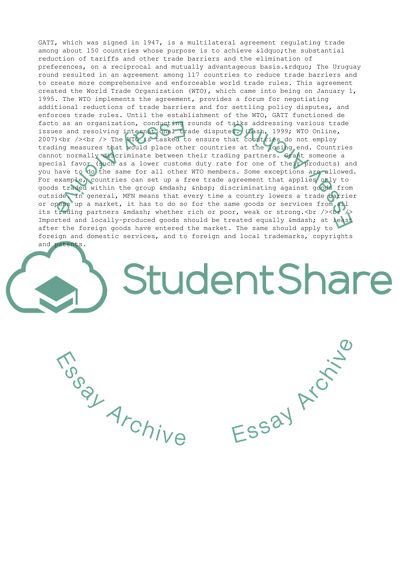Cite this document
(Going Global: An Analysis of WTO, European Union, China and the UK Term Paper, n.d.)
Going Global: An Analysis of WTO, European Union, China and the UK Term Paper. Retrieved from https://studentshare.org/business/1707466-develpoment-in-european-and-pacific-rim-trade
Going Global: An Analysis of WTO, European Union, China and the UK Term Paper. Retrieved from https://studentshare.org/business/1707466-develpoment-in-european-and-pacific-rim-trade
(Going Global: An Analysis of WTO, European Union, China and the UK Term Paper)
Going Global: An Analysis of WTO, European Union, China and the UK Term Paper. https://studentshare.org/business/1707466-develpoment-in-european-and-pacific-rim-trade.
Going Global: An Analysis of WTO, European Union, China and the UK Term Paper. https://studentshare.org/business/1707466-develpoment-in-european-and-pacific-rim-trade.
“Going Global: An Analysis of WTO, European Union, China and the UK Term Paper”, n.d. https://studentshare.org/business/1707466-develpoment-in-european-and-pacific-rim-trade.


